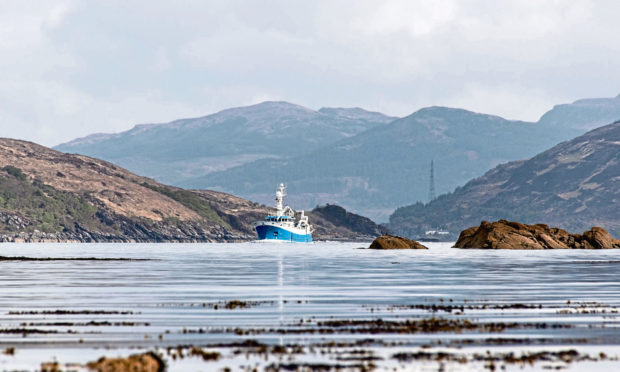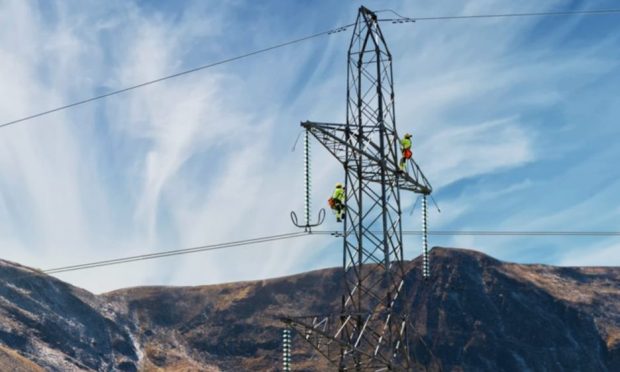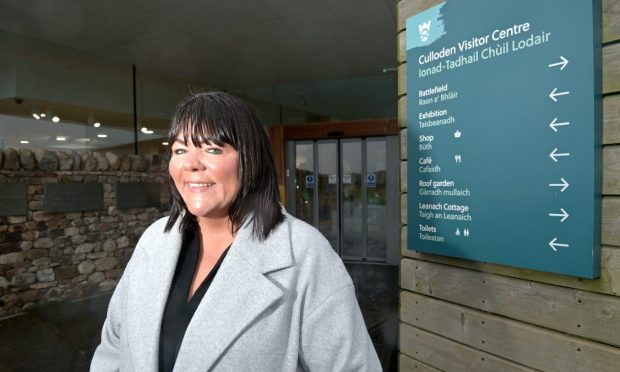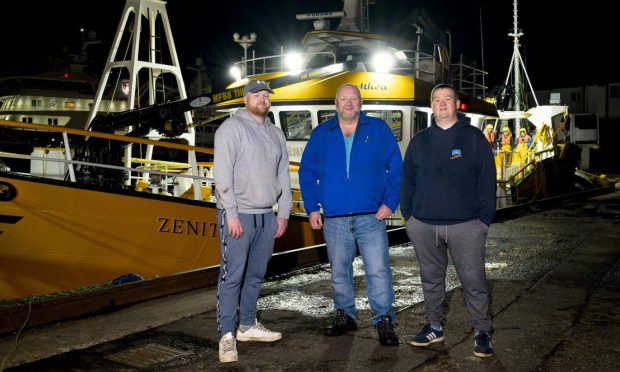Scottish creel fishers have called for “drastic” action to save their inshore fisheries in a battle over west coast prawns.
The Scottish Creel Fishermen’s Federation (SCFF), said years of overfishing and poor management meant future generations would inherit an asset “that is a shadow of its former self”.
It comes just days before the SCFF formally makes its case for a judicial review of a Scottish Government decision affecting competing interests in the Inner Sound of Skye. The Court of session hearing is slated for Thursday.
The North West Responsible Fishermen’s Association, a regional creeling organisation and member of the SCFF, proposed a pilot of separate zones for large prawn trawlers and creelers.
But Marine Scotland – the executive agency responsible for managing Scotland’s fisheries – rejected the idea after a public consultation.
SCFF claimed objections from “mobile fishing communities” – large prawn trawlers operating in the area – had outweighed “published criteria for assessing pilot proposals set out in the government’s own guidance”.
In a paper prepared in advance of this week’s hearing, SCFF national co-ordinator Alistair Sinclair said: “This document is not just about creeling; it is about the future of our inshore fisheries.
“I am lucky enough to have enjoyed a long and varied career on the water, both within the oil industry and, over the last 25 years, as a creel fishermen.
“In my lifetime I have witnessed the destruction of the fisheries we used to enjoy in our inshore, because of overfishing and poor management.
“It concerns me that my generation is passing over an asset to next generations that is a shadow of its former self.
“If we are serious about sustainability and our children’s future, then we must acknowledge that things cannot go on as they have.”
He urged others in the Scottish fishing industry and “high heidyins” at Marine Scotland to “acknowledge the damage that has been done”.
SCFF claimed the decision not to allow the pilot in the Inner Sound made no sense “on any coherent economic or environmental criteria”.
It added: “Nephrops account for 11% by value of Scottish vessel landings. Of the entire Scottish fishing fleet 88% are creel vessels.
“Creeling is basically artisanal, producing a high-value product, whilst trawling is an industrialised activity delivering a product of much lesser value.”
Static creel gear and mobile trawls are incompatible, the federation said, adding: “With respect to who gets access to the fishery, Marine Scotland adopts a hands-off approach. Creelers and trawlers are left to sort it out among themselves.
“Once we factor in all the foregone jobs and profits in creeling… in some inshore areas the trawl fleet’s overall economic contribution is very negative, despite its profitability.
“Each tonne of nephrops caught in a trawl causes very much greater damage to marine geodiversity, biodiversity and biomass.
“It is inconceivable that anyone would suggest Scotland’s marine environment would improve if trawling expanded at the expense of creeling.”
An initial proposal for the area was consulted on in 2017 but was not taken forward for a number of reasons, including the potential economic impact on mobile gear vessels, displacement of effort, and health and safety implications.
Marine Scotland later agreed to consider revised proposals but rejected these earlier this year after further consultation.
It said: “While some of the management proposals were well-supported, such as improving vessel monitoring and tighter effort controls in the creel fishery, the majority of the proposed measures set out in the consultation were strongly opposed.”
The agency added: “The Scottish Government remains committed to supporting the local management of fisheries, and has identified four strands of work that can be taken forward to deliver improvements.”
These “strands” included improving monitoring, management, the knowledge base and communication between competing interests in the Inner Sound.










